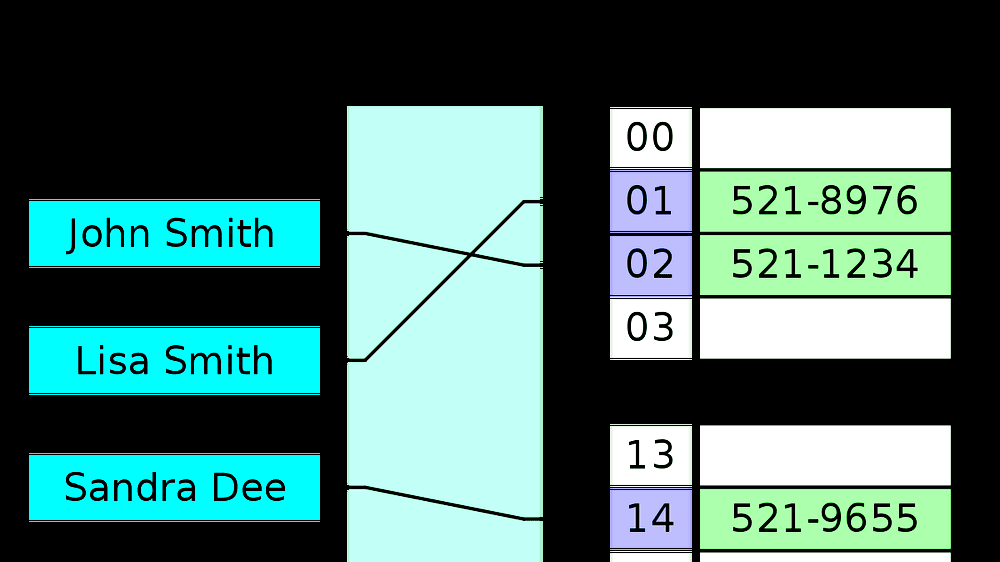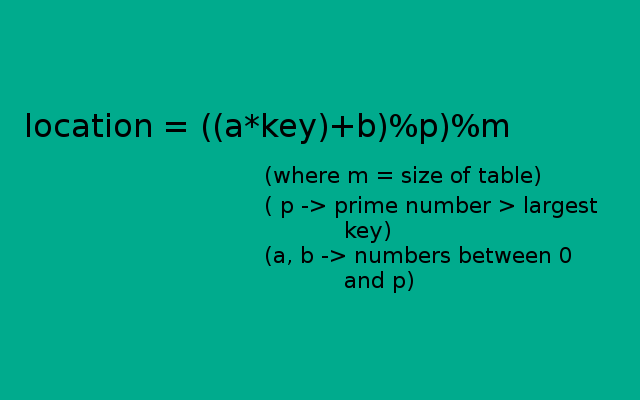
An Ethereum address is essentially a hashed version of the public key.Īccounts can use their private key to sign a piece of data, returning a signature of that data.Īnyone can verify the generated signature to: Signing and Verifying SignaturesĮach account in the Ethereum network has a public key and a private key. Since a more computationally intensive hard problem means a stronger cryptographic system, it follows that elliptic curve cryptosystems are harder to break than RSA and Diffie-Hellman.Įthereum signatures uses ECDSA and secp256k1 constants to define the elliptic curve. In an elliptic curve cryptosystem, a private key is a number n, and a public key is the public point ‘bounced’ with itself n times.Ĭompared to prime factorization, ECDSA’s elliptic curve logarithm problem is harder to compute. At the same time, it’s easy to repeat over and over following the rules described above. It turns out that if you have two points, an initial point ‘bounced’ with itself n times to arrive at a final point, finding out n when you only know the final point and the first point is hard. Repeat this process n times (this process represents a dot product.) When it hits the curve, the ball ‘bounces’ either straight up (when it’s below the x-axis) or straight down (when it’s above the x-axis) to the other side of the curve. Like a game of billiards, you take a ball at point A, shoot it towards point B. Take any two points on the curve above and draw a line through them, it will intersect the curve at exactly one more place. An elliptic curve cryptosystem can be defined by picking a prime number as a maximum, a curve equation, and a public point A on the curve: To address the drawbacks of RSA, alternative cryptographic algorithms were proposed around the mathematics of elliptic curves known as Elliptic Curve Digital Signature Algorithm ( ECDSA).

The bigger the spread between the difficulty between the easy and hard algorithms/directions, the more secure a cryptographic system based on it will be. However, RSA suffers from increasingly efficient factoring algorithms that have been moderately successful in solving the factorization problem.įinding a good Trapdoor Function is critical in making a secure public key cryptographic system. The hard algorithm is factoring the product of two large prime numbers.

In RSA, the easy algorithm multiplies two large prime numbers. Trapdoor FunctionsĪ key component of public-key cryptosystems is Trapdoor Functions: a set of algorithms that is easy to process in one direction, but hard to undo.

The earliest and most well known of these systems is RSA, which we’ll examine in the next section. As such, these systems are known as public-key cryptographic systems. Modern cryptography is founded on the idea that the key that you use to encrypt your data can be made public while the key that is used to to decrypt your data can be kept private.
Hex hash calculator verification#
Public Key Cryptographyīefore we proceed to signature signing and verification works, let’s start by looking at public-key cryptography and the ECDSA algorithm used by the Ethereum blockchain. Then, we’ll examine several use cases that utilize signed messages and off-chain computation, such as decentralized exchanges, state channels, and meta transactions. In this article, we’ll look at how you can use Ethereum signatures to validate the origin and integrity of messages. It can also be used to prove to a smart contract that a certain account approved a certain message. Signatures can be used to authorize transactions on behalf of the signer. The magic ingredient that makes off-chain order books work are cryptographic signatures.Ĭryptographic signatures are a foundational computer science primitive that enables all blockchain technology. These off-chain orders are submitted instantly, without having to pay any gas. Market Makers then submits these signed orders to an off-chain order book (hosted on a centralized server) for traders to browse and fill. Instead of posting buy or sell orders directly on-chain, Market Makers sign messages containing their orders with their private key. In decentralized exchanges, signatures and off-chain computation are used to pre-authorize market takers to fill any signed orders made by market makers. Off-chain computation lets you perform actions instantly without waiting for transactions to be mined, and avoids paying any gas costs.

As a result, on-chain transactions take some time and require gas payment (in Ether) to compensate miners for their work. For an on-chain Ethereum transaction to be processed, it needs to be included in a block and mined.


 0 kommentar(er)
0 kommentar(er)
